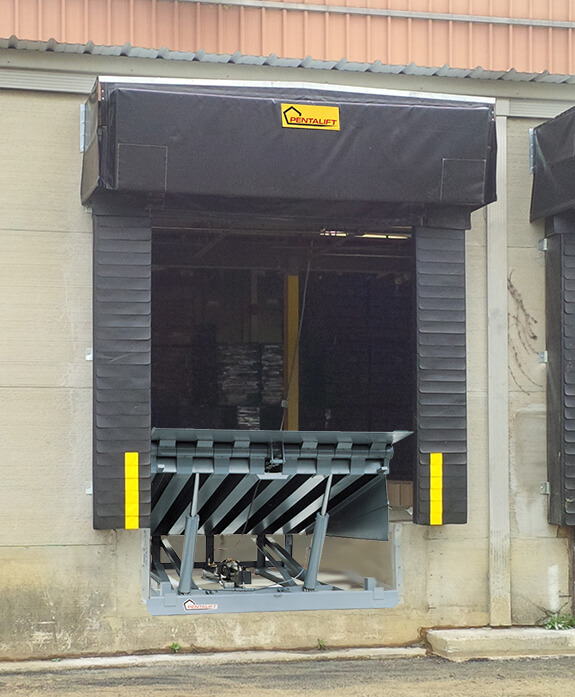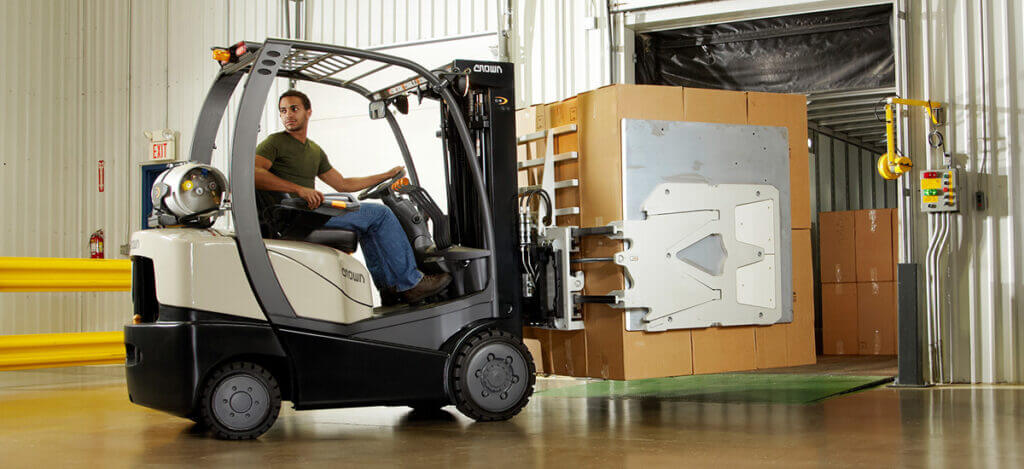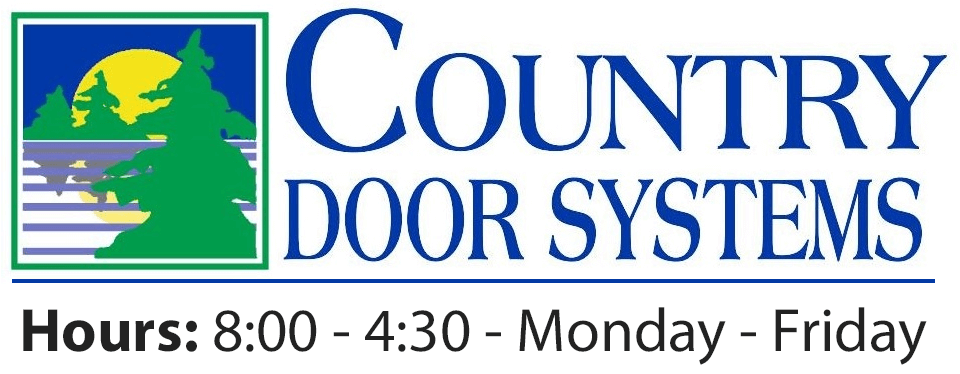Maintaining loading dock equipment has never been more important than when the headlines are full of “supply chain crisis” stories. Janesville WI has not escaped the stress on distribution channels. The last thing you want to do is make matters worse me with failed loading equipment, right?
You may have a multi-state distribution hub with dozens of dock doors or a local supply business with one or two, keeping everything safe and operating as planned is the goal. Your business grinds to a halt of shipping/receiving and staging areas clog. Now is the time to schedule a regular safety and efficiency inspection. The watch words for keeping goods moving are inspect, repair and replace when necessary.
When you avoid delays, minimize accidents, prevent product damage and meet deadlines our dock operations are smooth and profitable. In short, an efficient loading dock equals on-time orders and satisfied customers. That’s the ultimate goal isn’t it?
In addition, keeping loading dock areas safe and secure promotes significant gains in energy efficiency and reduces company losses.
Monitor Dock Equipment Regularly

You want your loading dock operations to always run smoothly, right? The best way to make sure loading docks are safe, secure and productive is to monitor activities on a regular basis. It’s easy to get caught up in the hustle of busy seasons and overlook daily routines measuring loading dock safety – until there’s an accident. Planning ahead pays off. Heading off accidents and spotting ways to improve efficiency are cheaper and better uses of your time than paying insurance claims and working around downtime. Consider these steps in your future plans:
- Begin with a safety audit – you don’t know how to improve until you know what you have. Review procedures and the process in place to both prevent and deal with an accident. Consider both personal and property injury accidents, the resulting downtime, etc. Adjust your operations accordingly.
- Review loading dock security – is it easy to get into your facility via the loading dock? Consider installing an alarm system that alerts when doors are accessed improperly or a trailer is released without authorization. The headlines are also full of stories of crime on the rise – In times of economic stress, crimes of opportunity go up.
Prevention Keeps Loading Docks Efficient
Every loading dock entrance has mechanical moving parts. Some are heavy-duty pieces of equipment – dock levelers, vehicle restraints, overhead doors, door opening systems, etc. Each requires its own routine maintenance to operate at peak efficiency. That begins with basic cleaning and lubrication. Keeping docks clean promotes safe handling and protects employees, too.
The task gets more demanding the more dock openings you have. Downtime prevention starts with:
- A comprehensive equipment inventory – review all the various components you have installed, especially if you’ve added or changed anything since the last review. Check everything from basic light bulbs to large equipment. Make sure everything is where it should be and working as it should.
- Never undervalue small things – accessories like dock bumpers, trailer stands, lights and convenience items are easy to overlook. But when they fail to there’s a problem, right?
- Dock seals and shelters – inefficient dock seals cost businesses thousands of dollars in energy costs, not to mention reducing crew productivity working in cold or extreme heat. Check all seals – top, bottom and sides – for air leaks. Don’t overlook areas around dock levelers and overhead doors.
- Overhead dock doors – repairing or replacing dock doors is a major expense. Keeping them working properly is a wise investment. Lift truck operators and poor trailer maneuvering are key causes of door damage. Staff training pays. If you’ve got a door that’s damaged beyond repair, talk to Country Door Systems about high-impact replacement doors.
- Remote controls – beating downtime hinges on maintaining control of all the moving parts. Everything from dock levelers to overhead doors are available with high-end controllers – door opening systems, interlocks, interconnects, etc. They are cost-effective and many can be fitted to existing, older equipment.
Potential Loading Dock Hazards

Keeping equipment working as designed is less costly than putting it right when something goes wrong. These suggested routine tasks are simple but easily overlooked:
- Keep the entire area clean and dry – snow, water from rain, or spills are leading causes of loading dock accidents. When it’s wet it’s slippery! Water, dirt and debris can also ruin merchandise and damage equipment. Proper seal technology guards against snow and rain getting in during normal activities. When it does, quick action to remove it reduces risks.
- Continue to upgrade equipment – are you’re moving more and more in and out of your loading dock as your business grows? Is current equipment able to keep up? The new, larger trailers and increased demand put a strain on older dock equipment. Part of your annual inspection and inventory should be a realistic evaluation of the life expectancy for the equipment you have.
- Replace equipment before it breaks – 10-15 years ago there wasn’t equipment capable of handling today’s larger loads, bigger trailers and heavier lift trucks. Are you trying to “make do?” Waiting too long to replace outdated equipment leads to door jams, cracks and breaks in pit sidewalls, dock leveler installations and bumpers. Replacing worn out equipment with larger, automated doors, shelters and remote-controlled levelers is a wise long-term solution.
Rely Upon Local Dock Equipment Experts
You know your company and its demands best, but at least once a year it’s a wise investment to call in the professionals from Country Door Systems for an overall loading dock review. They’ll outline a maintenance plan for appropriate service – many of the items are easily done in-house with your own staff. Their loading dock maintenance checklist includes inspecting dock leveler parts:
- Weather seals
- Dock bumpers
- Conduit and wiring
- Main ramp controls or hold-down assemblies
- All welding
- All cylinders and linkage
- Control boxes
- Rear hinges, lip spools and pins
- Stringers and front and rear headers.
In addition they’ll offer suggestions on:
- Cleaning pit, lip hinges and rear hinge areas
- Testing dock leveler operation
- Lubricating dock levelers according to manufacturer’s specifications
- Adjusting dock levelers according to manufacturer’s specifications
Vehicle restraints are vital. Designed to prevent trailer crawl and premature truck departure they thwart accidents. Vehicle restraint inspections include:
- Dock bumpers
- Conduit and wiring
- Fasteners and welding
- Outside signs
- Inside signs
- Outside lightboxes
- Control boxes
- Cleaning vehicle restraint operating areas
- Testing vehicle restraint operations
- Lubricating vehicle restraints according to manufacturer’s specifications
- Adjusting vehicle restraints according to the manufacturer’s specifications
Working with the best loading dock product designers, Country Door Systems applies the latest technology to every inspection, repair and installation. Country Door Systems repairs, installs and stands behind the best commercial doors, commercial garage door openers and loading dock/warehouse accessories. To take advantage of our decades of experience. Call or email Country Door Systems at 608-752-9537 and schedule a loading dock equipment review for your Janesville WI business.

